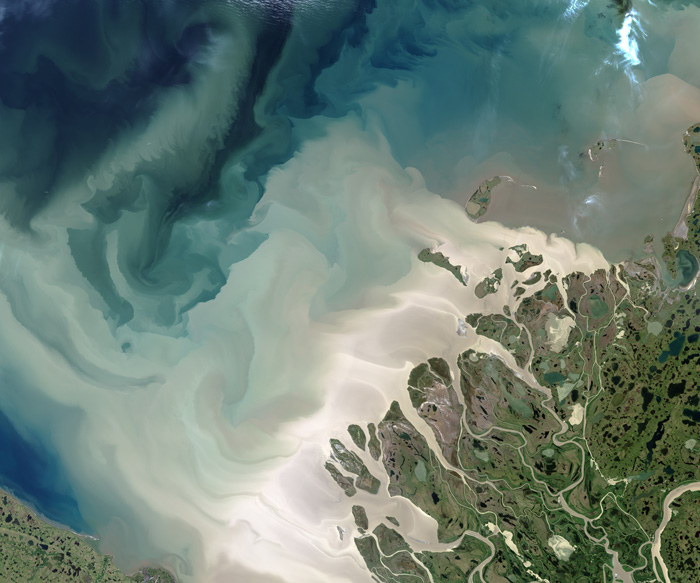- Home
- Science Introduction
- Wg
- Acme
- ACME Scientific Goals
ACME scientific goals

ACME is envisioned to run over two three-year phases.
Phase 2 (2023–2026)
A particular focus of Phase I was on the techniques and the quality of data, and on the introduction of new protocols to enable projections of the future of Arctic coastal ecosystems with greater confidence.
The overarching goal for Phase II will be to provide a reconstruction of Arctic coastal ecosystem status under a warmer climate (Holocene thermal maximum, ca. 1–2 K higher than 20th century) using the “good data” criteria refined in ACME Phase I.
The proxy-specific criteria for data and metadata quality and statistical treatment were established in ACME Workshops I (Tvärminne, 2021) and II (Copenhagen, 2022). They encompass common microfossil, biogeochemical and molecular proxies for sea ice, primary productivity, freshwater and terrestrial influence, and ecosystem status (ACME Phase I publication #2, in preparation).
The product will have an Arctic-wide coverage, but will probe system-specific responses, covering coastal systems with glacier influence, shelf systems with permafrost influence, coastal systems with landfast vs. drift ice influence.
Phase 1 (2019–2023)
ACME Phase I seeks to critically assess and refine current available marine proxies for reconstructing Arctic cryosphere changes and their impacts in the coastal and fjord environments of the circumpolar North.
The main goals are:
1. To build a database that contains a network of proxies commonly used for sea ice, primary production, and meltwater runoff reconstructions in Arctic coastal and fjord environments, alongside with site-specific environmental data. Each database entry will follow the criteria defined by ACME, to ensure easy data quality assessment by the data users.
2. To facilitate knowledge transfer and collaborations between proxy specialists and the integration of the field and satellite monitoring community.
3. To further critical methodological understanding and data handling skills of the next-generation of Arctic paleoceanographers and paleoenvironmental researchers.